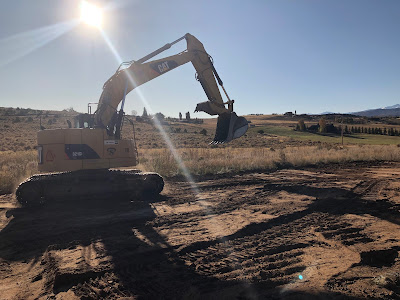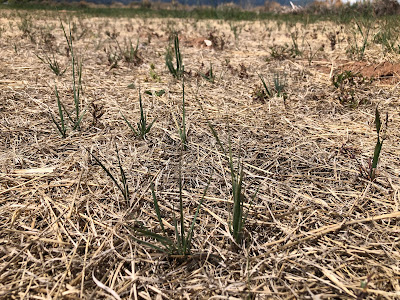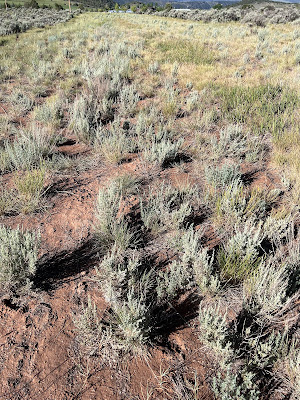There are first world problems and then there are Aspen problems... we fall into a category unto ourselves.
In response to Mick's editorial: Why spread the blame so thin? The wealth divide is not new to Aspen it is as old as the town itself.
The American dream is money.
How much money do we need?
Would more money for everyone cure this? Is it time for a billionaire's tax on the second, third, fourteenth home? Our $140,000,000 City budget for 7000 residents has not stitched up the wealth wound. If anything the spiderweb of budgetary choices at City Council meetings has grown more tendrils while staunchly guarding the prime directive of bureaucratic self preservation. It's a donkey carrot always out of reach. With all our wealth, all our leverage, all our good intentions, all our privilege, many still feel cheated. When the weight gets too much, when the alcohol or the cocaine won't scratch the itch of have and have not, when the mountain is not enough ... many make an irreversible choice. Suicides are far too frequent in "paradise".
I'm often asked by visitors what has changed since I moved here in 1968.
"Vanity".
People used to come here so they would not be seen. You could sit at the Jerome bar and be sitting next to a rancher sitting next to a movie star, next to a cabinet minister, next to a taxi driver, next to a Nobel prize winner, next to a busboy. Nobody asked for autographs in the check out line at Tom's Market. Now people come here to be seen. They brag about who they saw coming out the doors of the Nell or who was sprayed with Veuve at Cloud 9.
We have become the fishbowl.
How much money does the fishbowl need? I could list the differences between 1968 and 2022 from the size of City Government to the size of that Cabin in the Woods, to the gobsmacking Gorsuch Doronin deal but "more" sums it up. It is human nature to always want "more". I think the only thing which hasn't increased in that time is the hourly wage (*arguably an unintended consequence of APCHA combined with Reagonomics in the candy cane spiral of "Social Good" waltzing with the event horizon of "Greed is Good"- but I digress).
More is never enough.
We have gerrymandered answers through the ages... and so far "I want I want I want" is still the mantra of our species. It is both our greatness and our curse. Arguably Social Justice and Corporate Greed spring from that same "I want more"well. Evolution has rewarded "I want more".
Is there an answer to subdue the "I/We want more" drum beat? Spirituality? Altruism? (personal favorite) Stoicism? I don't know; but maybe it's time for us all to start the hard work of "enough is enough"
After all, there are plenty of places on the planet where people would kill to have Aspen's problems.






























